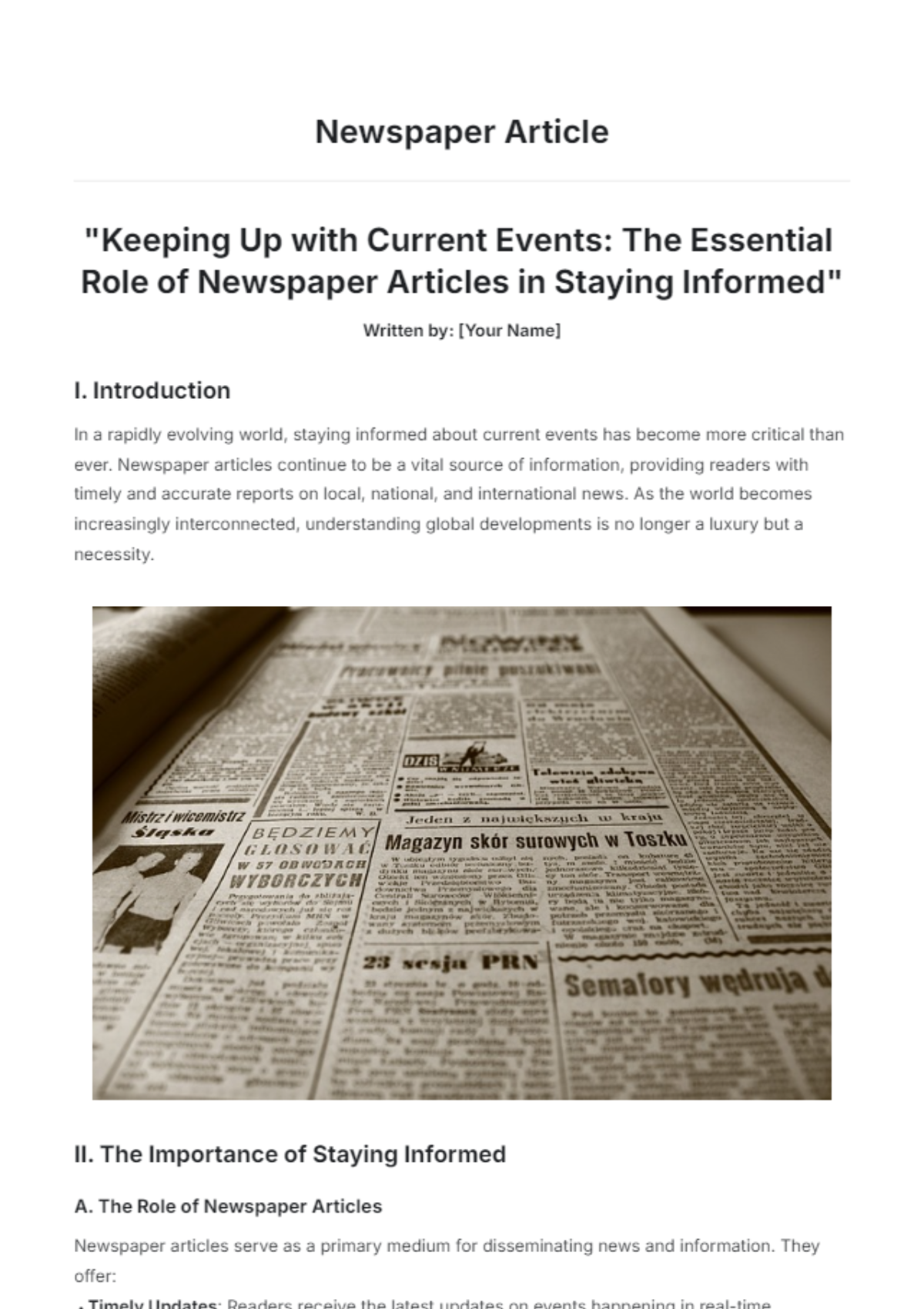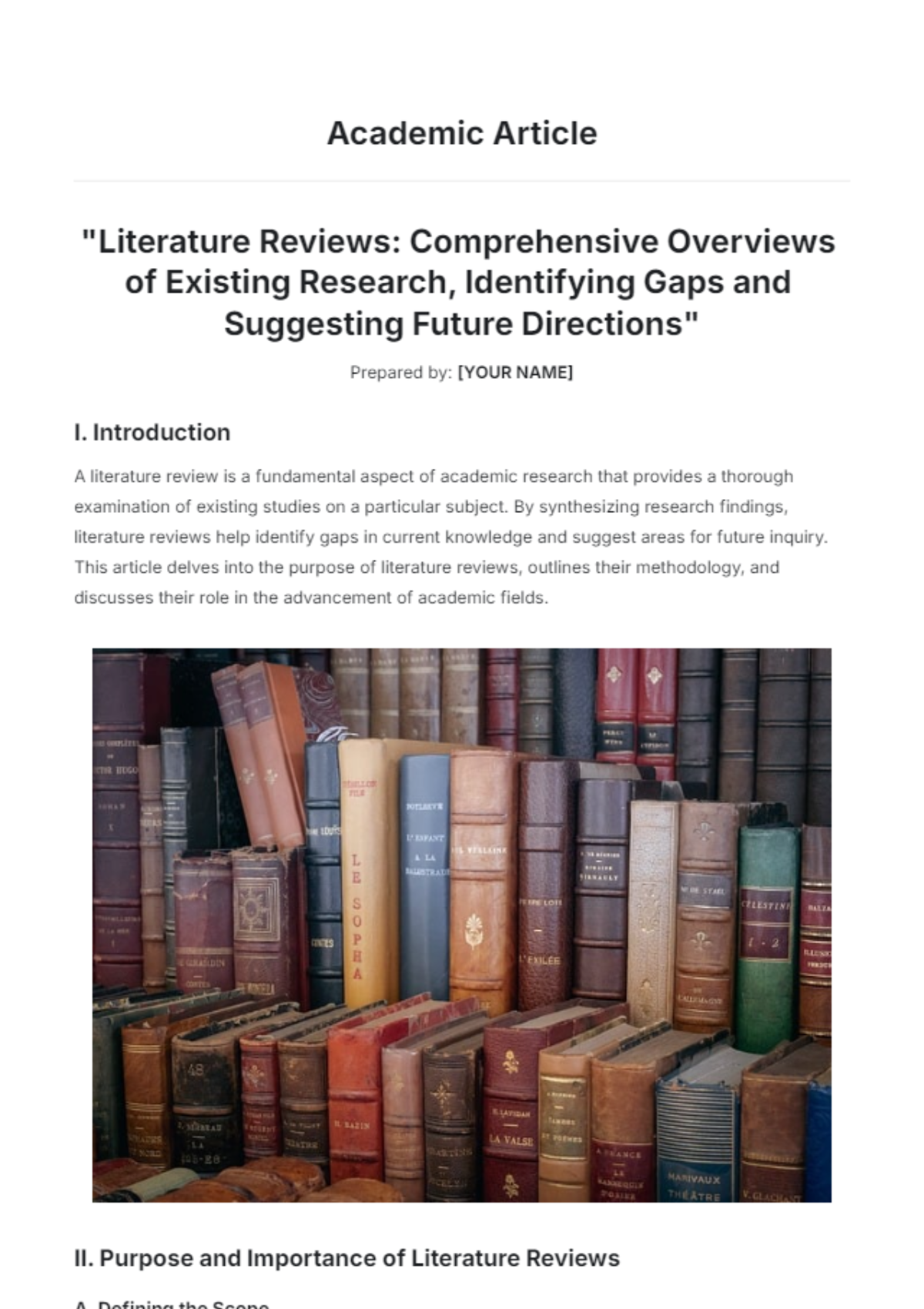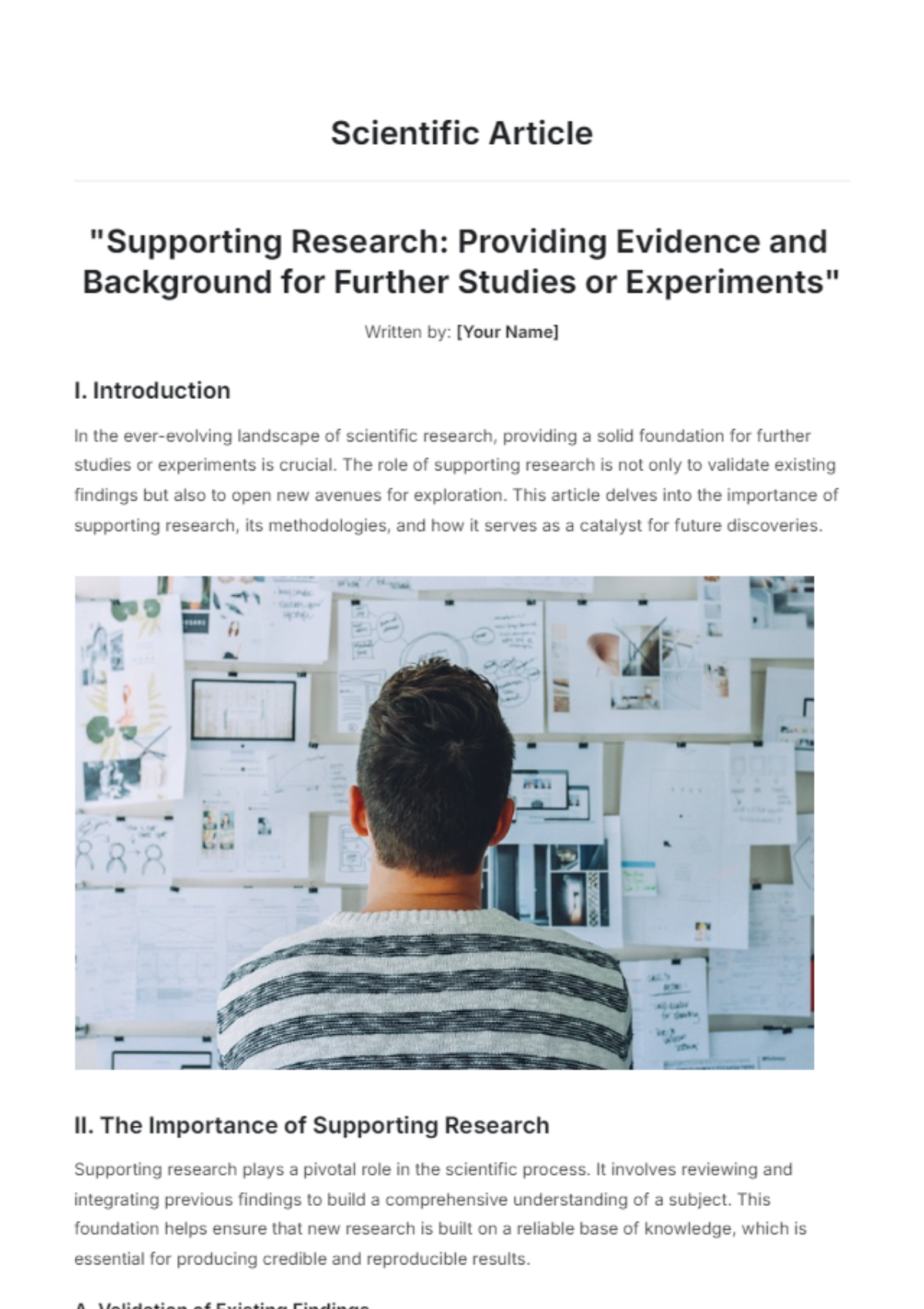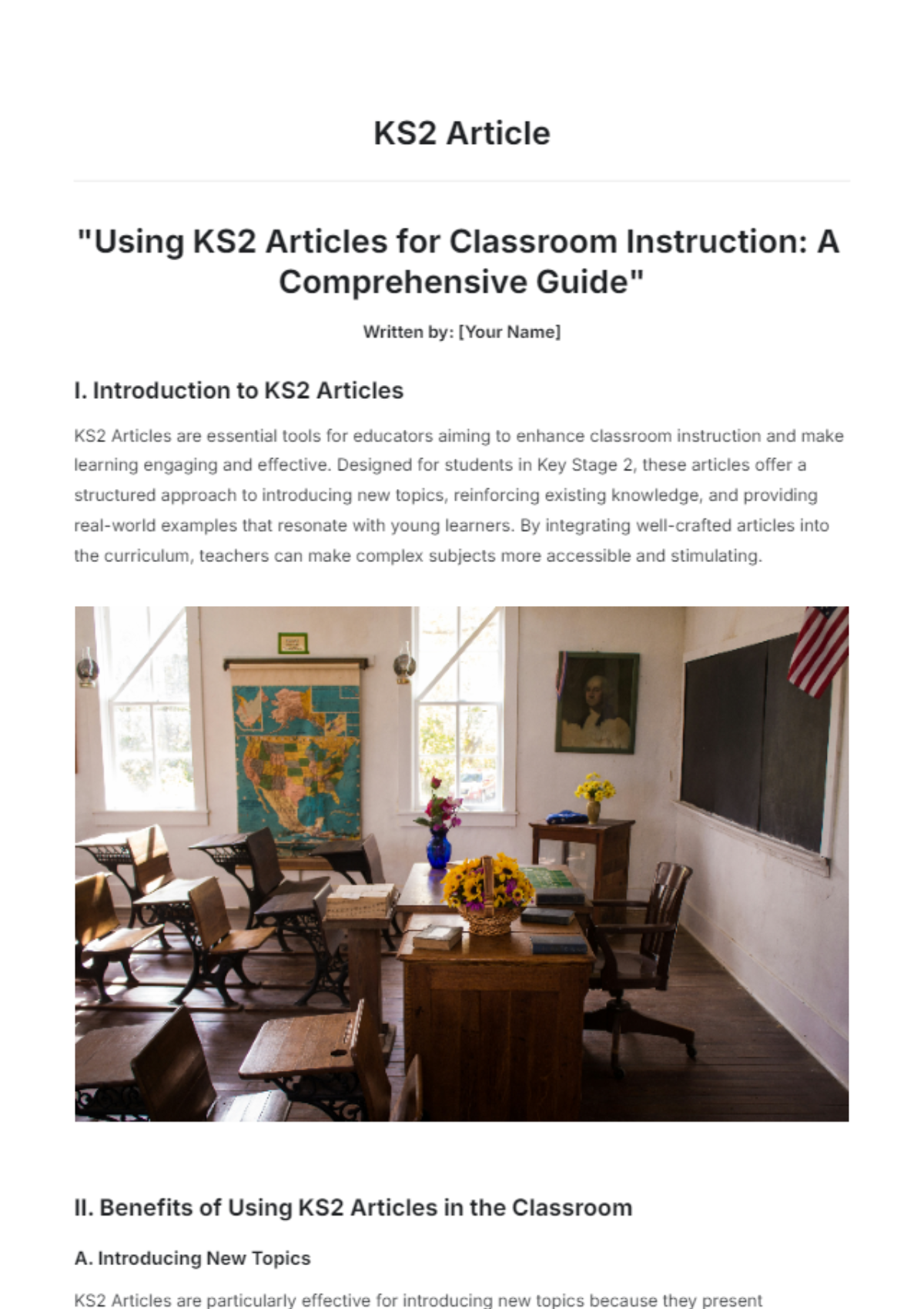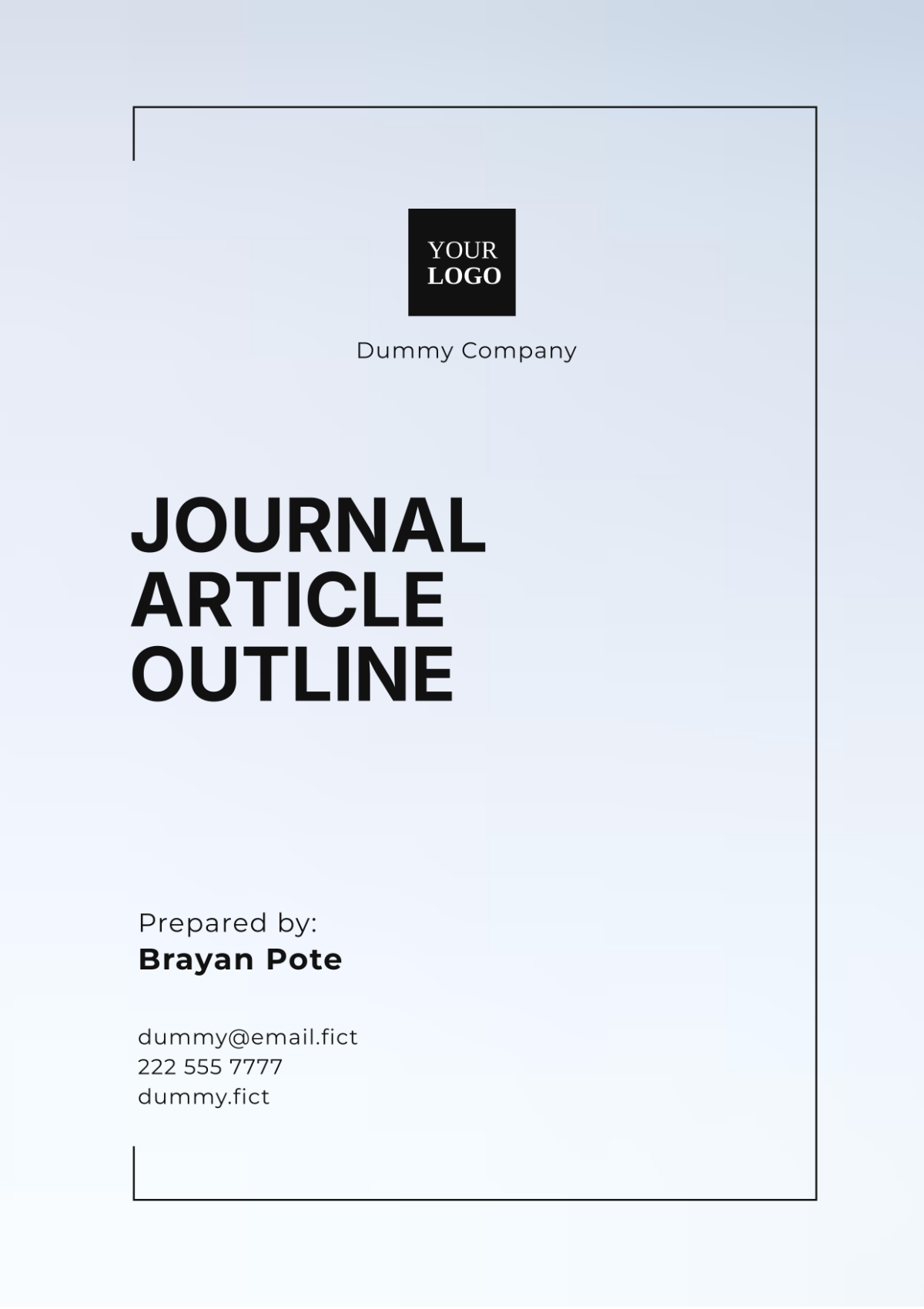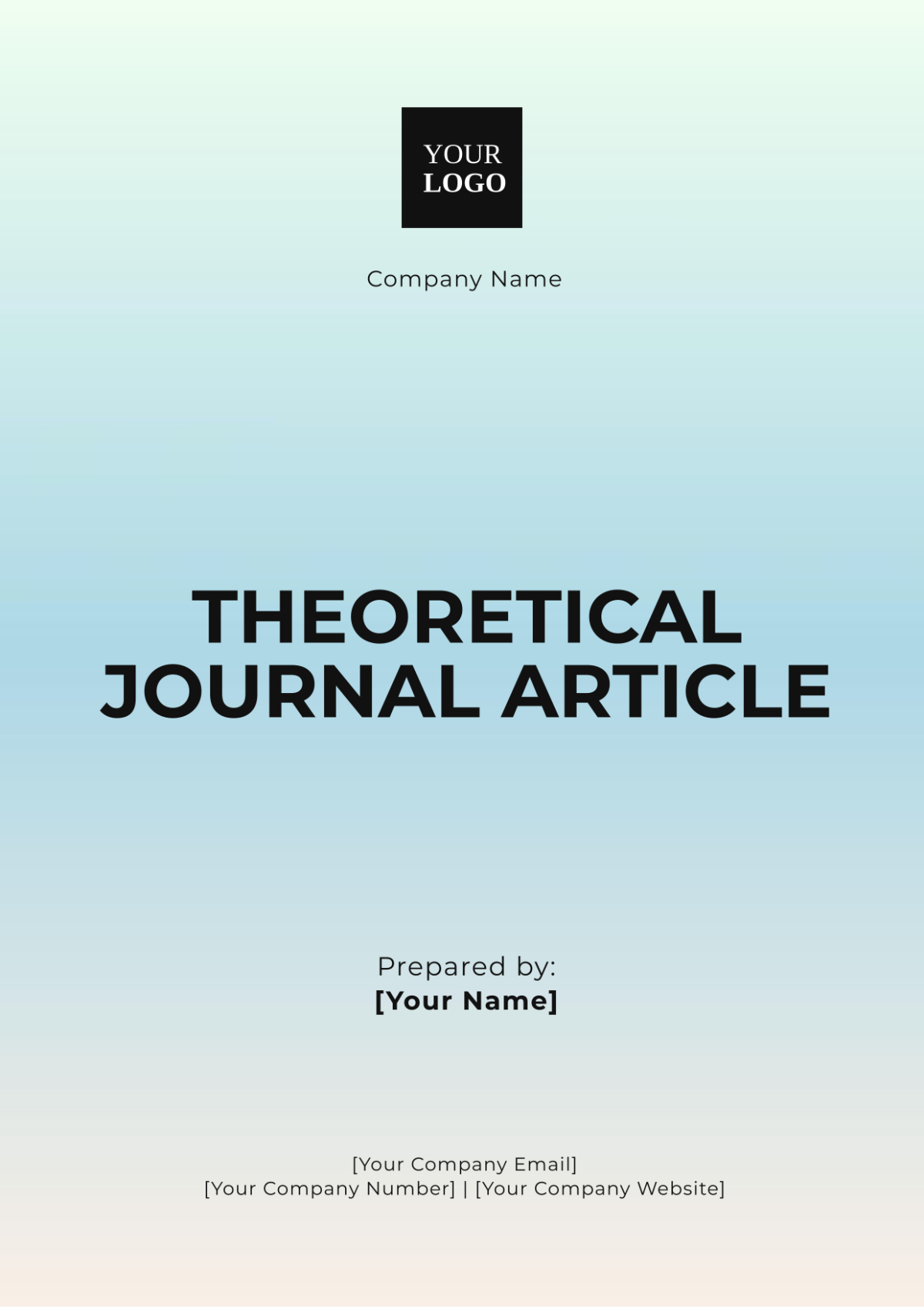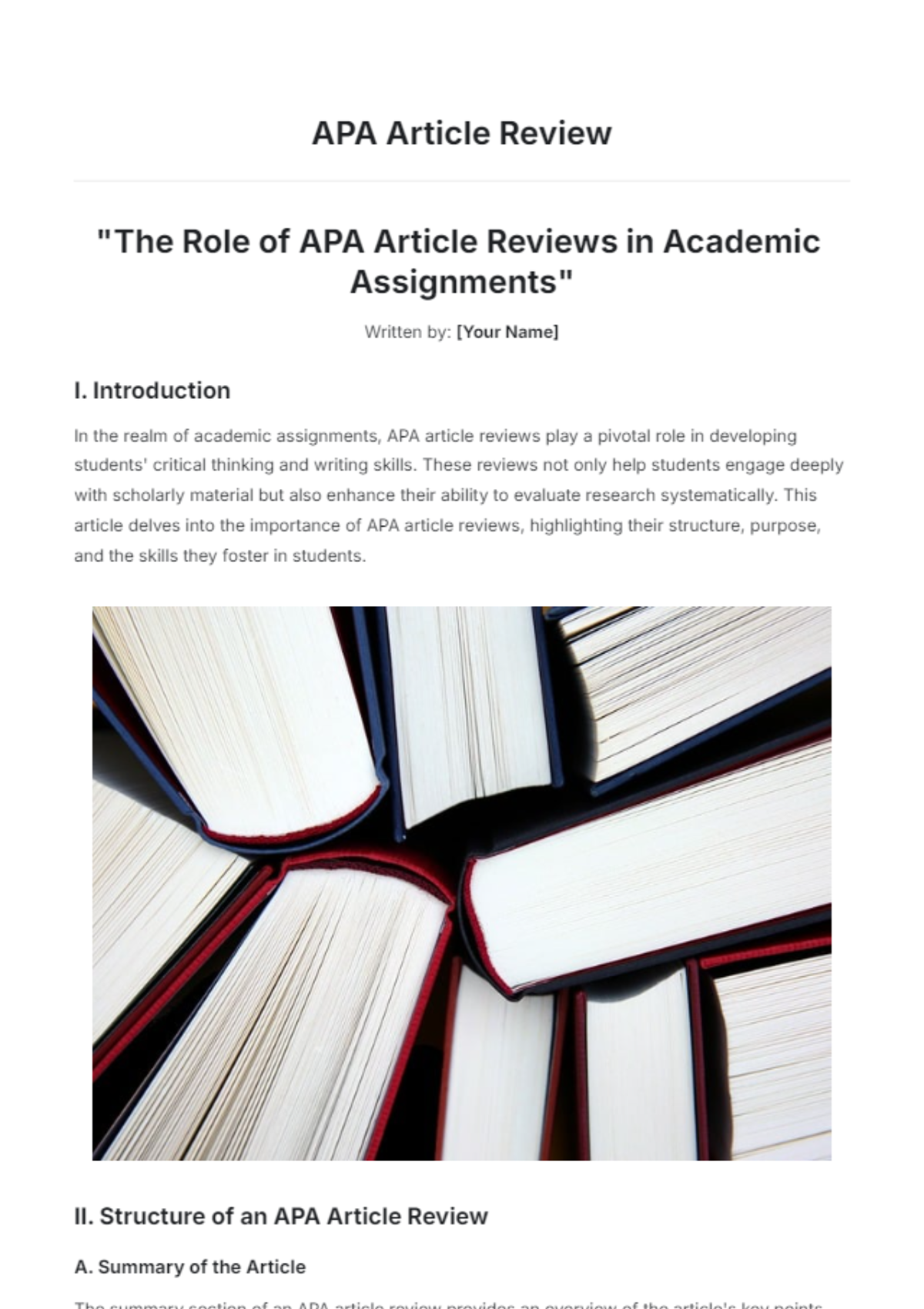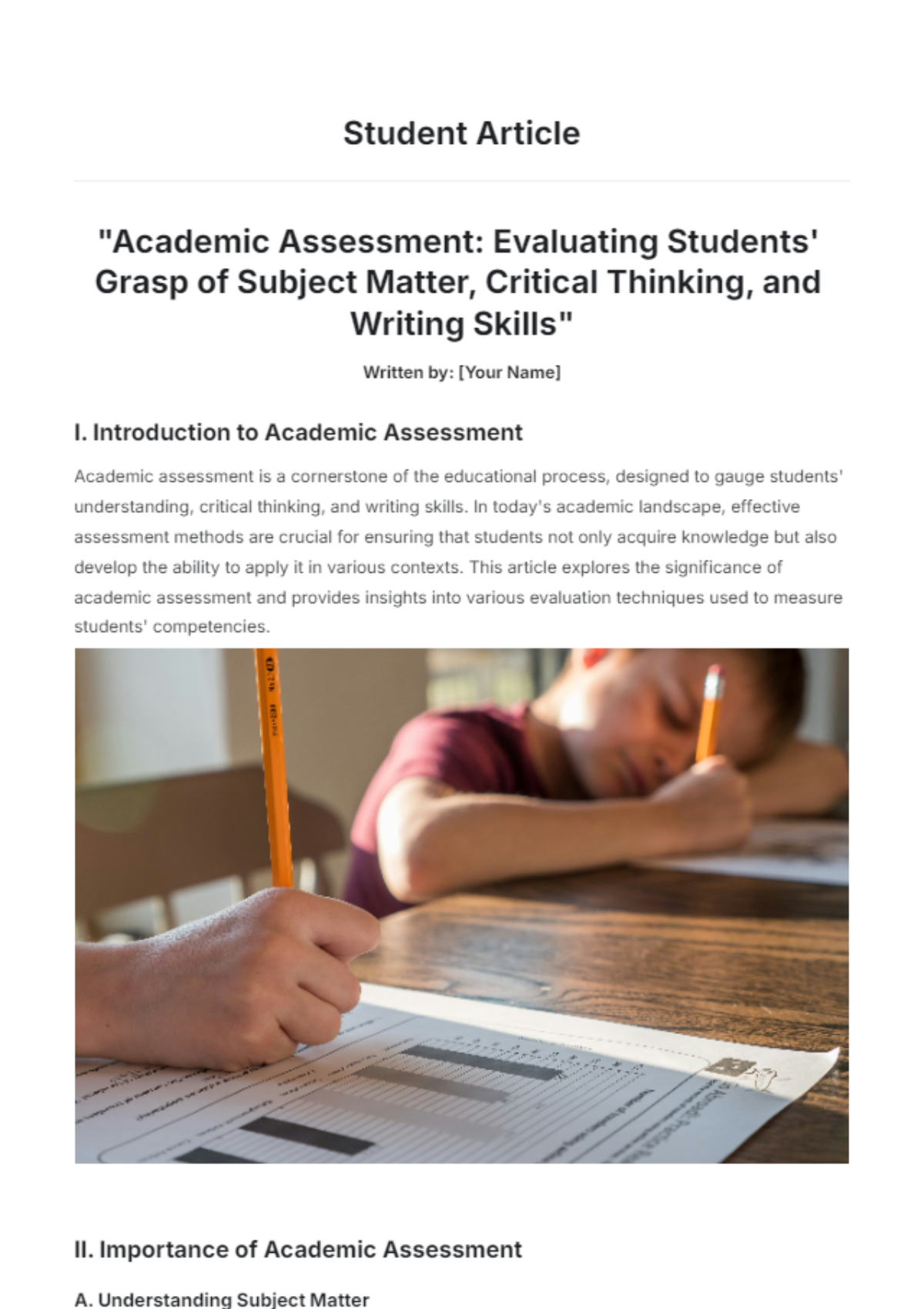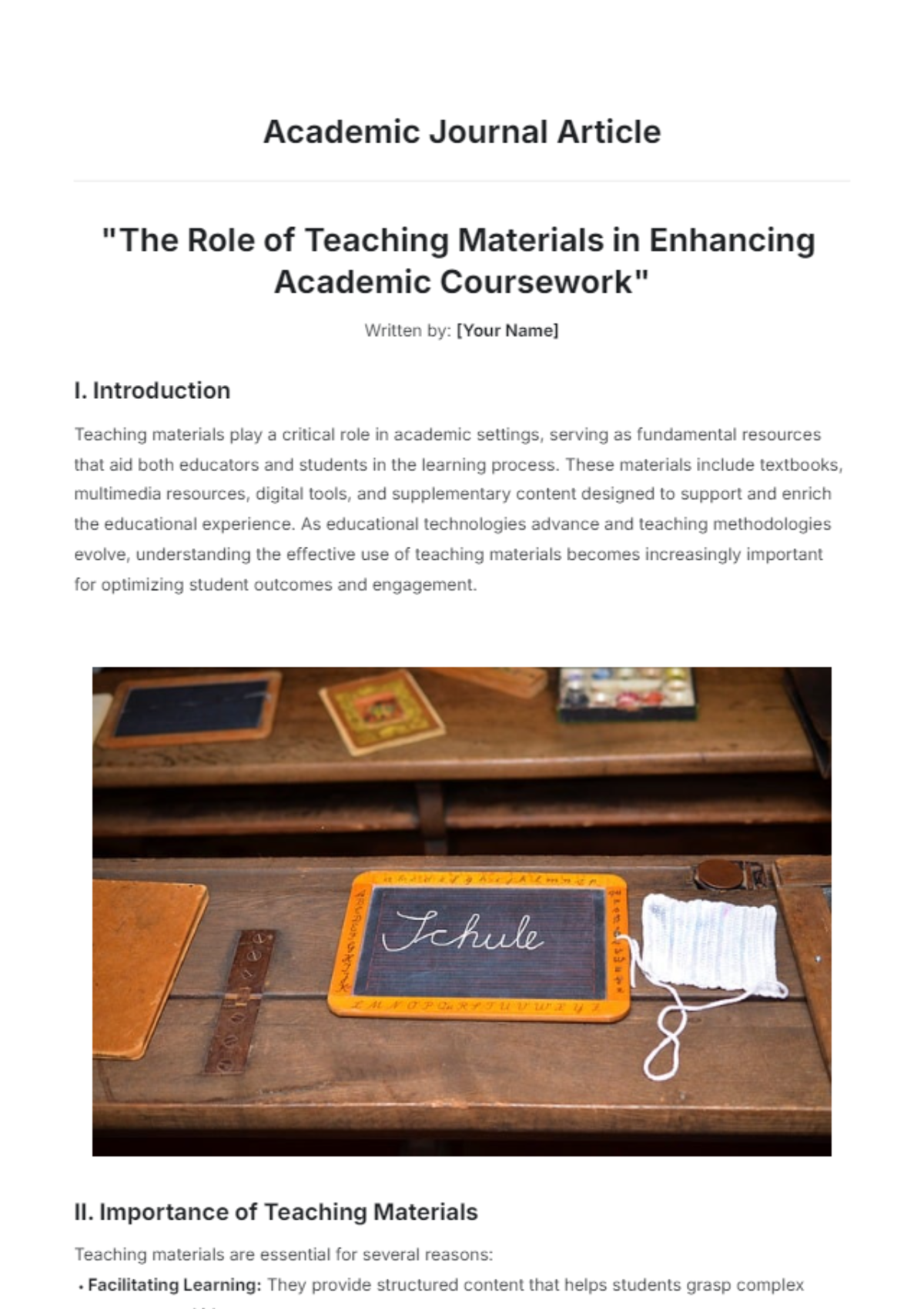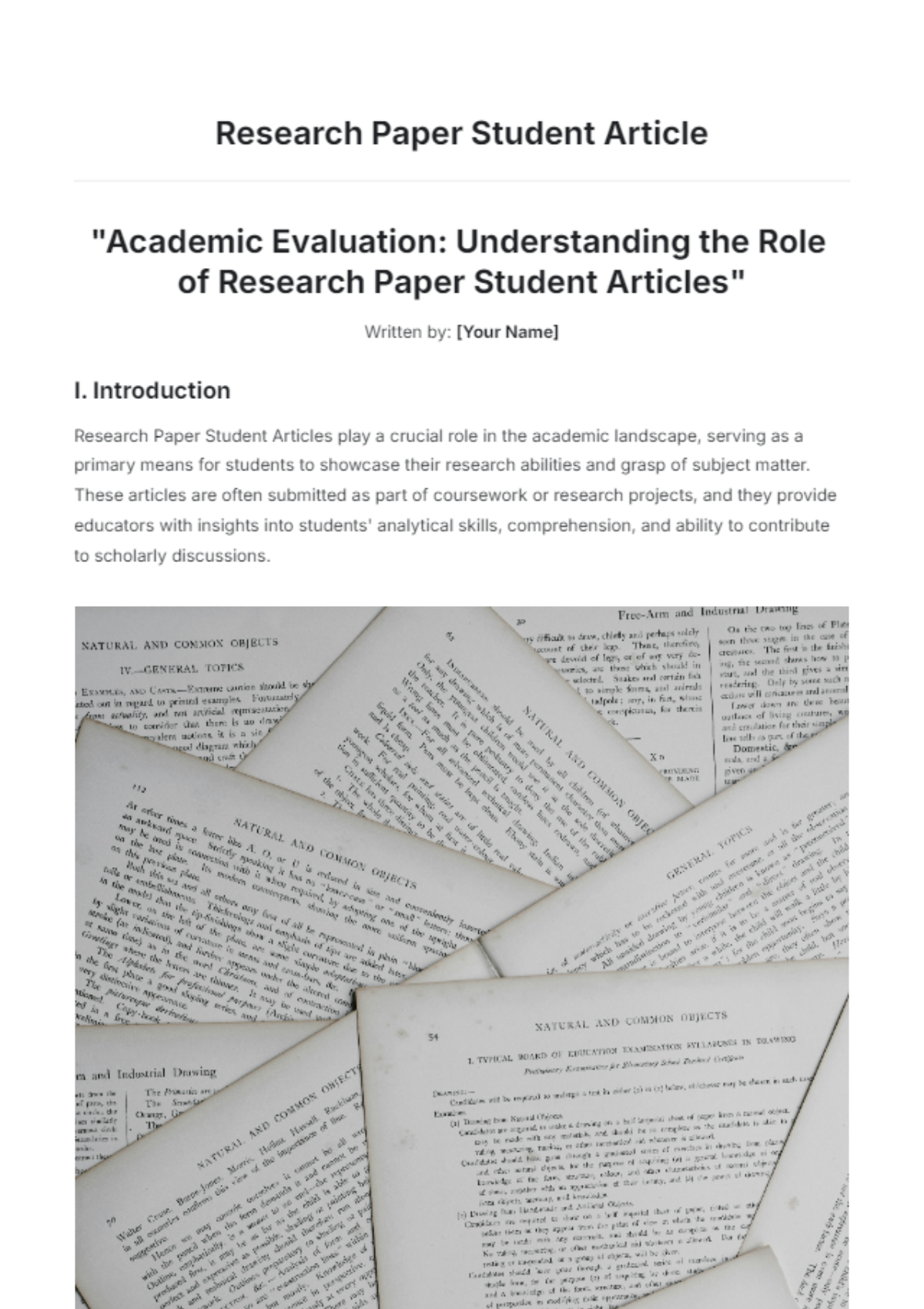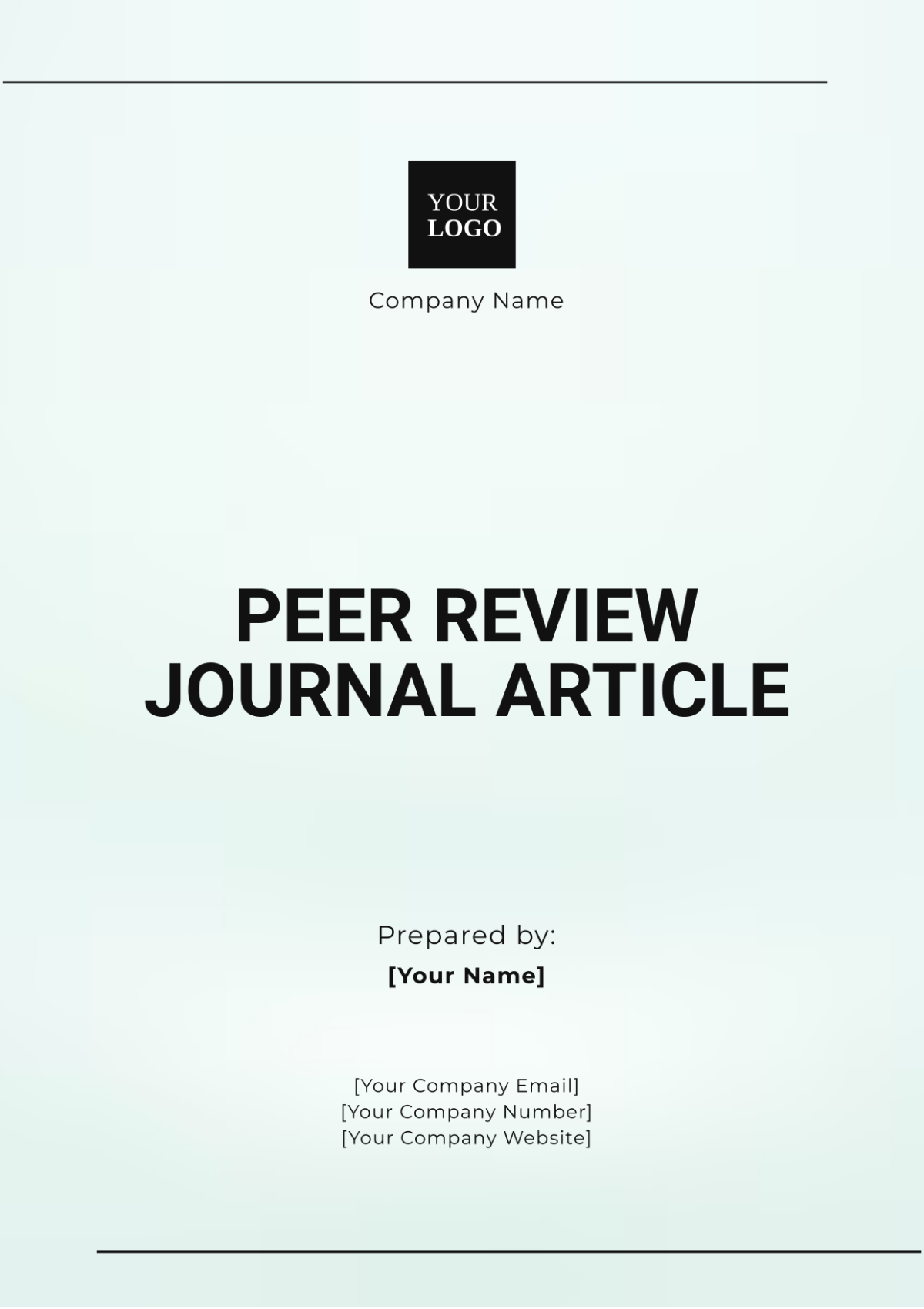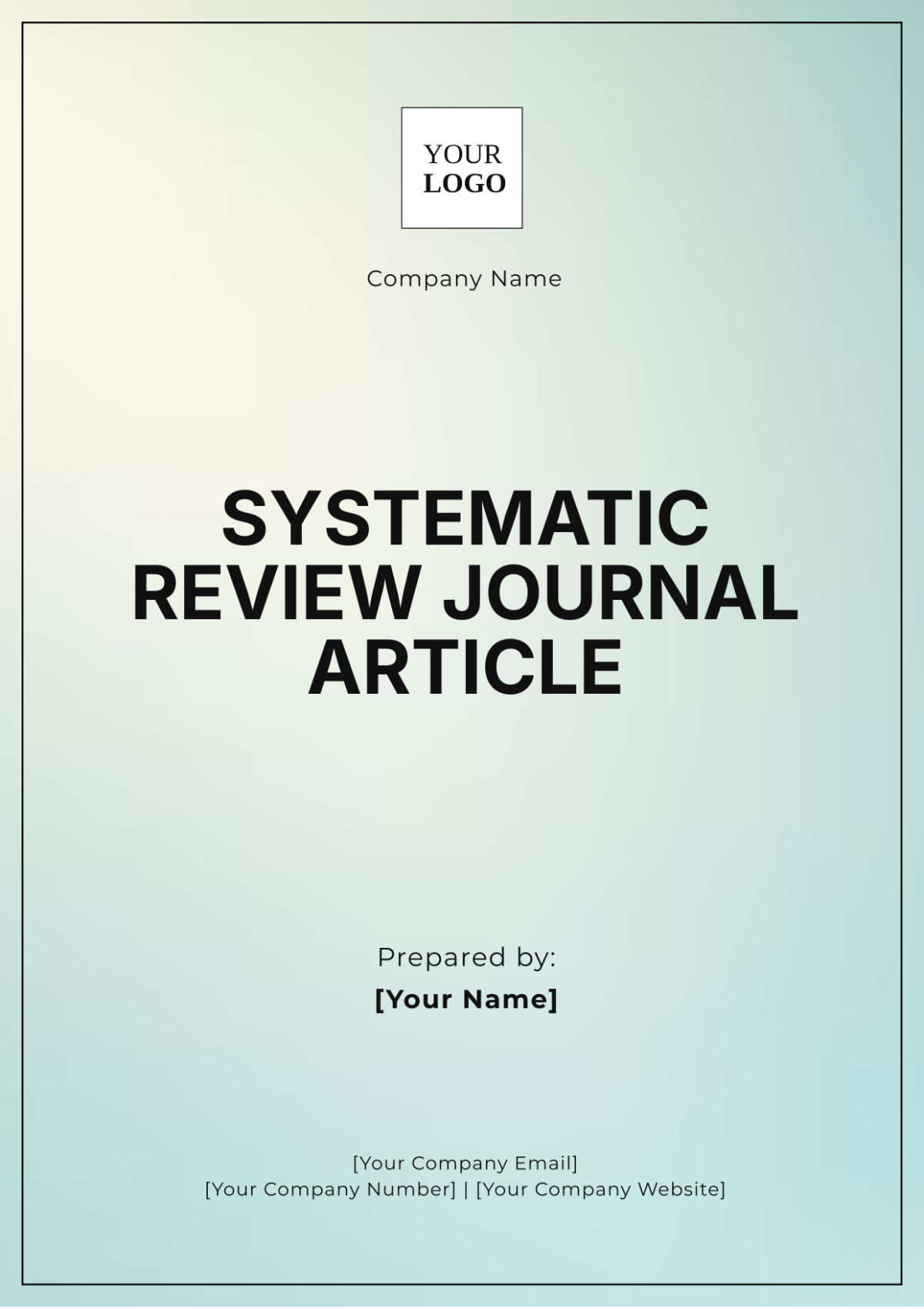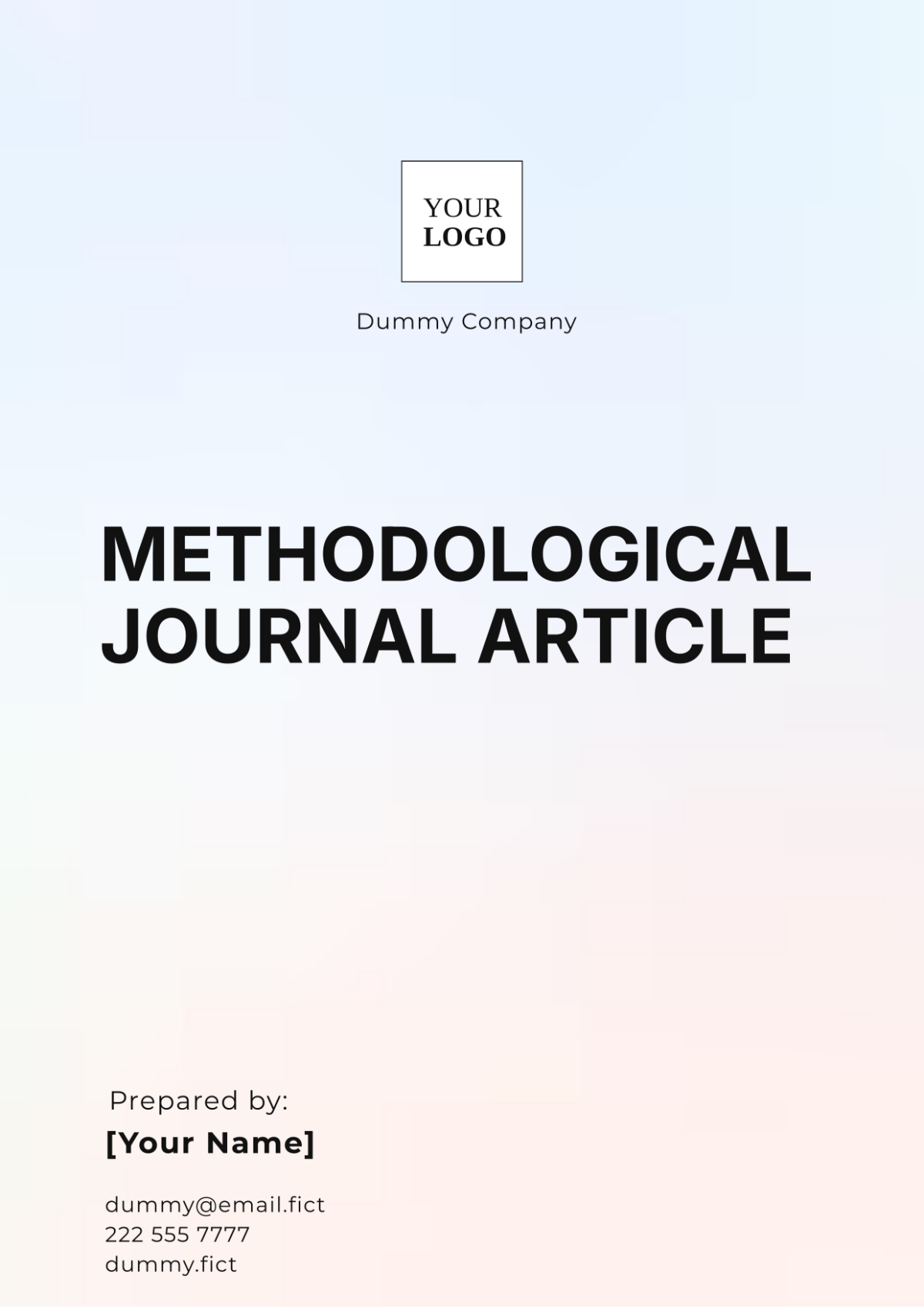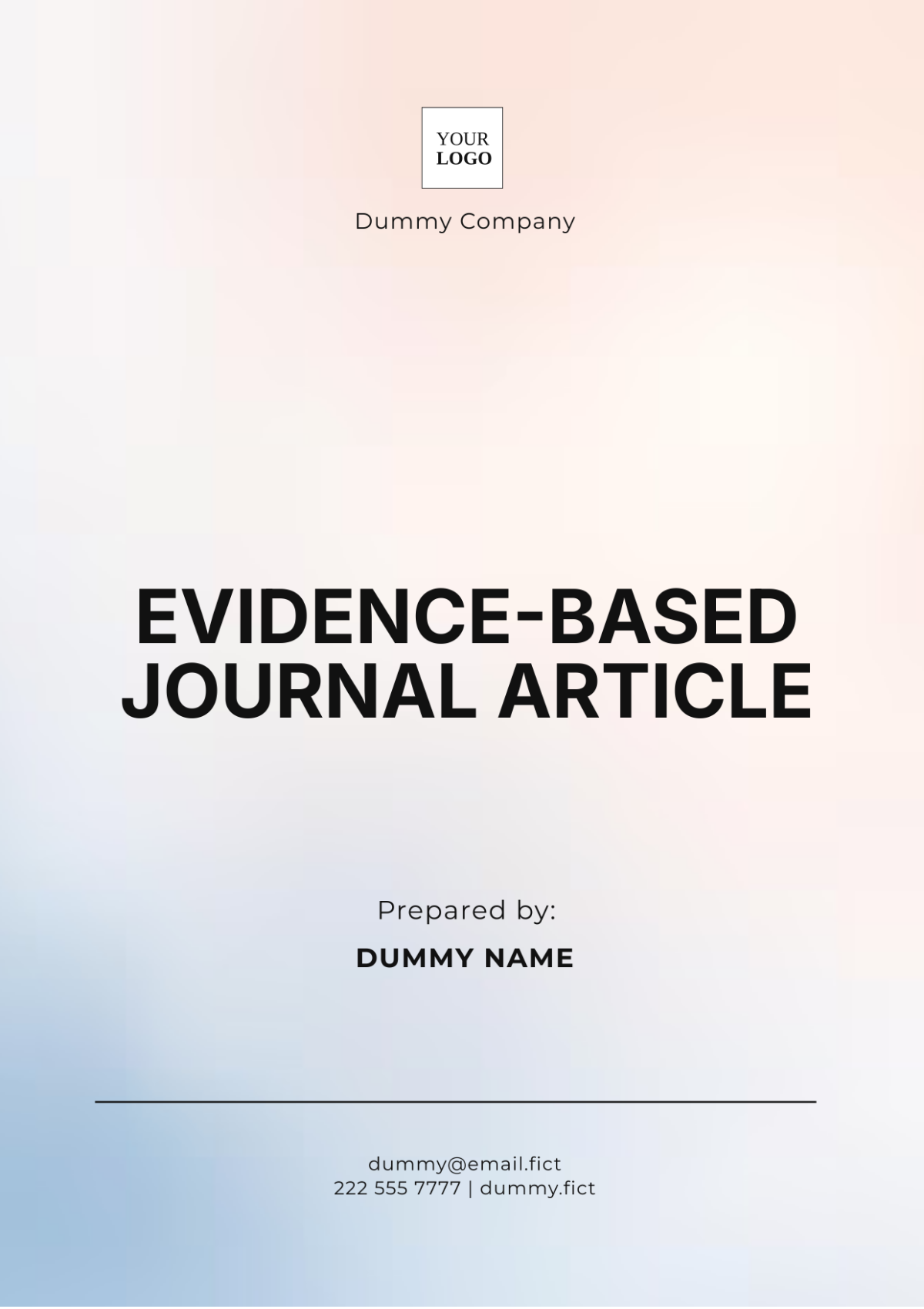Systematic Review Journal Article
"Physical Therapy for Low Back Pain"
Written By: [Your Name]
Publication Date: [Date]
Introduction
Low back pain (LBP) is one of the most common musculoskeletal conditions affecting individuals globally. It contributes to significant healthcare costs, disability, and reduced quality of life. As a complex and multifactorial condition, treatment approaches vary widely, with physical therapy interventions being one of the primary non-invasive options recommended for managing LBP.
The objective of this systematic review is to synthesize evidence from randomized controlled trials (RCTs) that investigate the efficacy of various physical therapy interventions for the treatment of non-specific low back pain. We aim to evaluate the effectiveness of interventions such as exercise therapy, manual therapy, and electrotherapy in reducing pain, improving function, and enhancing patient outcomes.
Methods
Search Strategy
We conducted a systematic search of databases including PubMed, Cochrane Library, and Embase for RCTs that evaluated physical therapy interventions for non-specific low back pain. Search terms included “low back pain,” “physical therapy,” “exercise therapy,” “manual therapy,” and “electrotherapy.”
Inclusion Criteria
Studies that focused on non-specific low back pain in adults aged 18–65.
RCTs compare physical therapy interventions (e.g., exercise, manual therapy) with control or placebo groups.
Studies reported on primary outcomes, such as pain reduction (measured by Visual Analog Scale, VAS), improvement in function (measured by the Oswestry Disability Index, ODI), and quality of life.
Exclusion Criteria
Studies involving patients with specific causes of low back pain (e.g., spinal fractures, tumors, or infections).
Non-randomized trials, case reports, and observational studies.
Data Extraction
Two independent reviewers extracted data using a standardized form. Extracted data included the study’s design, sample size, interventions used, duration of treatment, outcomes measured, and key findings. Discrepancies were resolved through discussion or by consulting a third reviewer.
Quality Assessment
The methodological quality of the included studies was assessed using the Cochrane Risk of Bias Tool, which evaluates factors such as randomization, blinding, and selective outcome reporting. Studies with a high risk of bias were either excluded or their findings discussed with appropriate caution.
Results
Overview of Studies
Our review included 25 studies with more than 3,200 participants. These studies covered three types of physical therapy interventions for non-specific low back pain:
Exercise Therapy (14 studies)
Manual Therapy (7 studies)
Electrotherapy (4 studies)
The duration of the treatments ranged from a few weeks to several months. The key outcomes measured were pain reduction and improved ability to perform daily tasks.
Exercise Therapy: The Most Effective Approach
Exercise therapy was the most frequently studied and proved to be the most effective treatment for low back pain. Different types of exercises were tested, including core strengthening, stretching, and aerobic activities.
Pain Relief: Most studies showed that exercise therapy significantly reduced pain levels. Patients reported feeling less discomfort during and after their exercise sessions.
Improved Movement: Participants found it easier to move and perform daily tasks, such as walking, bending, or sitting for extended periods.
Long-Lasting Benefits: Several studies showed that the benefits of exercise therapy lasted for months after the treatments had ended, making it a sustainable option for managing chronic lower back pain.
Manual Therapy: Short-Term Relief
Manual therapy, which includes spinal manipulation, massage, and joint mobilization, was also effective in relieving pain, though its effects tended to be shorter-term compared to exercise therapy.
Pain Relief: Most of the studies found that manual therapy helped reduce pain shortly after treatment. However, the pain relief was often temporary.
Patient Satisfaction: Despite the short-term nature of the relief, patients generally expressed high satisfaction with manual therapy, especially for immediate pain management.
Electrotherapy: Limited Effectiveness
Electrotherapy, which uses devices like TENS (transcutaneous electrical nerve stimulation) and ultrasound to treat low back pain, was the least studied and showed more limited benefits.
Pain Relief: A few studies showed that electrotherapy provided short-term pain relief, but the effects didn’t last long after treatment ended.
Minimal Improvement in Movement: Electrotherapy had little effect on improving how well patients could move or perform everyday activities.
Summary of Findings
The overall findings suggest that exercise therapy is the most effective option for managing non-specific low back pain. It not only reduces pain but also improves function, with long-lasting benefits. Manual therapy provides short-term pain relief and can be a good option for immediate symptom management, while electrotherapy offers limited benefits, with little evidence of long-term effectiveness.
Discussion
Interpretation of Findings
The results of this systematic review suggest that exercise therapy is the most effective intervention for reducing pain and improving function in patients with non-specific low back pain. Manual therapy also provides benefits, particularly in terms of short-term pain relief and patient satisfaction. However, the effectiveness of electrotherapy remains limited, with only transient benefits observed.
The findings are consistent with previous literature that highlights exercise as a cornerstone of physical therapy for low back pain. Importantly, the benefits of exercise appear to be maintained over the long term, making it a viable option for chronic management of the condition.
Limitations
Several limitations must be acknowledged:
Heterogeneity: The variability in exercise protocols, patient populations, and outcome measures across studies introduces some degree of heterogeneity. While the meta-analysis accounted for this, the results should be interpreted with caution.
Publication Bias: There may be an overrepresentation of studies showing positive effects, as studies with null results are less likely to be published.
Lack of Long-term Data: Only a subset of studies reported long-term follow-up, making it difficult to draw firm conclusions about the sustained benefits of these interventions.
Conclusion
This systematic review provides strong evidence that exercise therapy is effective in reducing pain and improving function for patients with non-specific low back pain. Manual therapy offers additional short-term benefits, while electrotherapy demonstrates limited efficacy. Clinicians should prioritize exercise-based interventions as a first-line treatment for managing low back pain, while further research is needed to optimize the use of manual therapy and explore alternative modalities.
Future studies should focus on long-term outcomes and the cost-effectiveness of these interventions, as well as tailoring treatments to specific patient populations.






